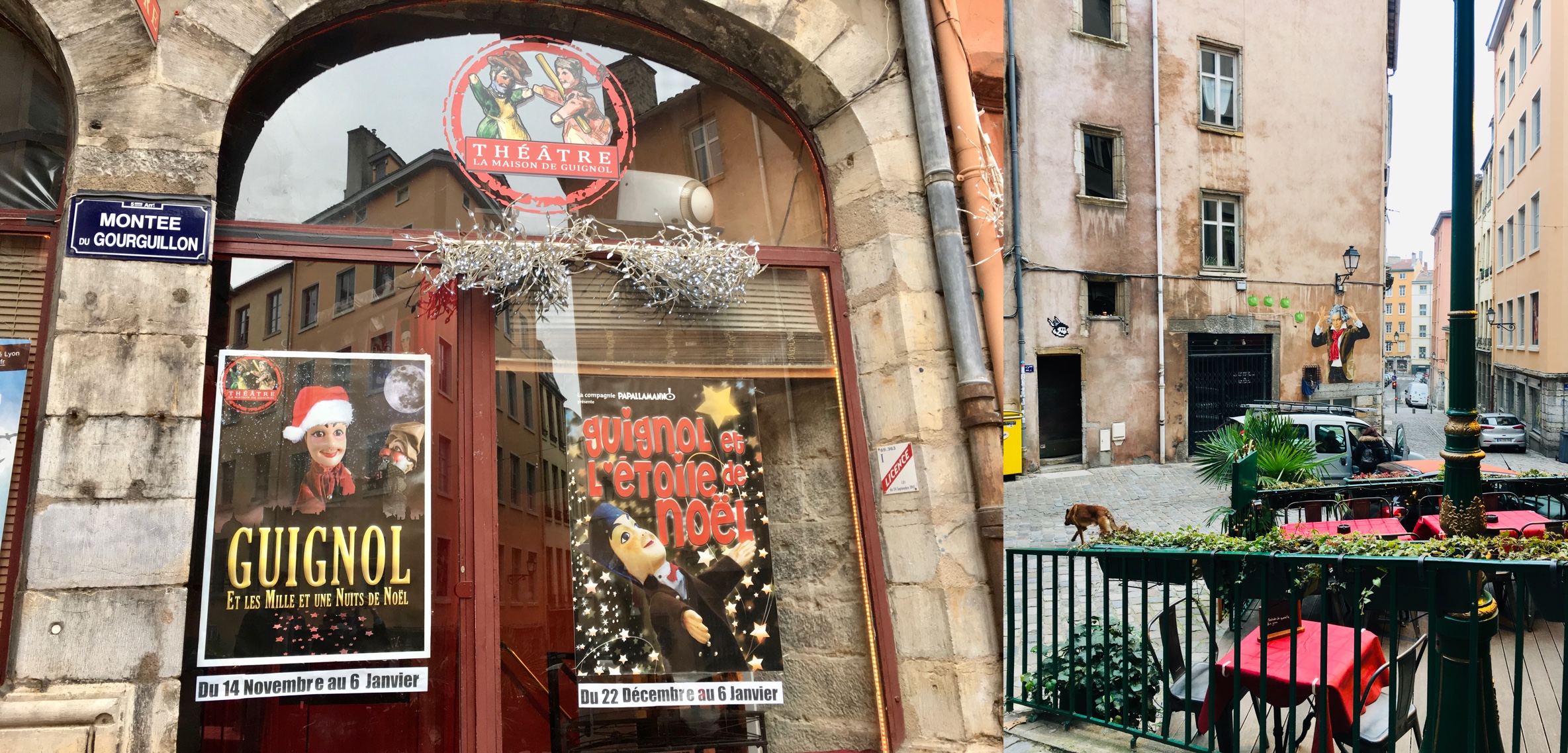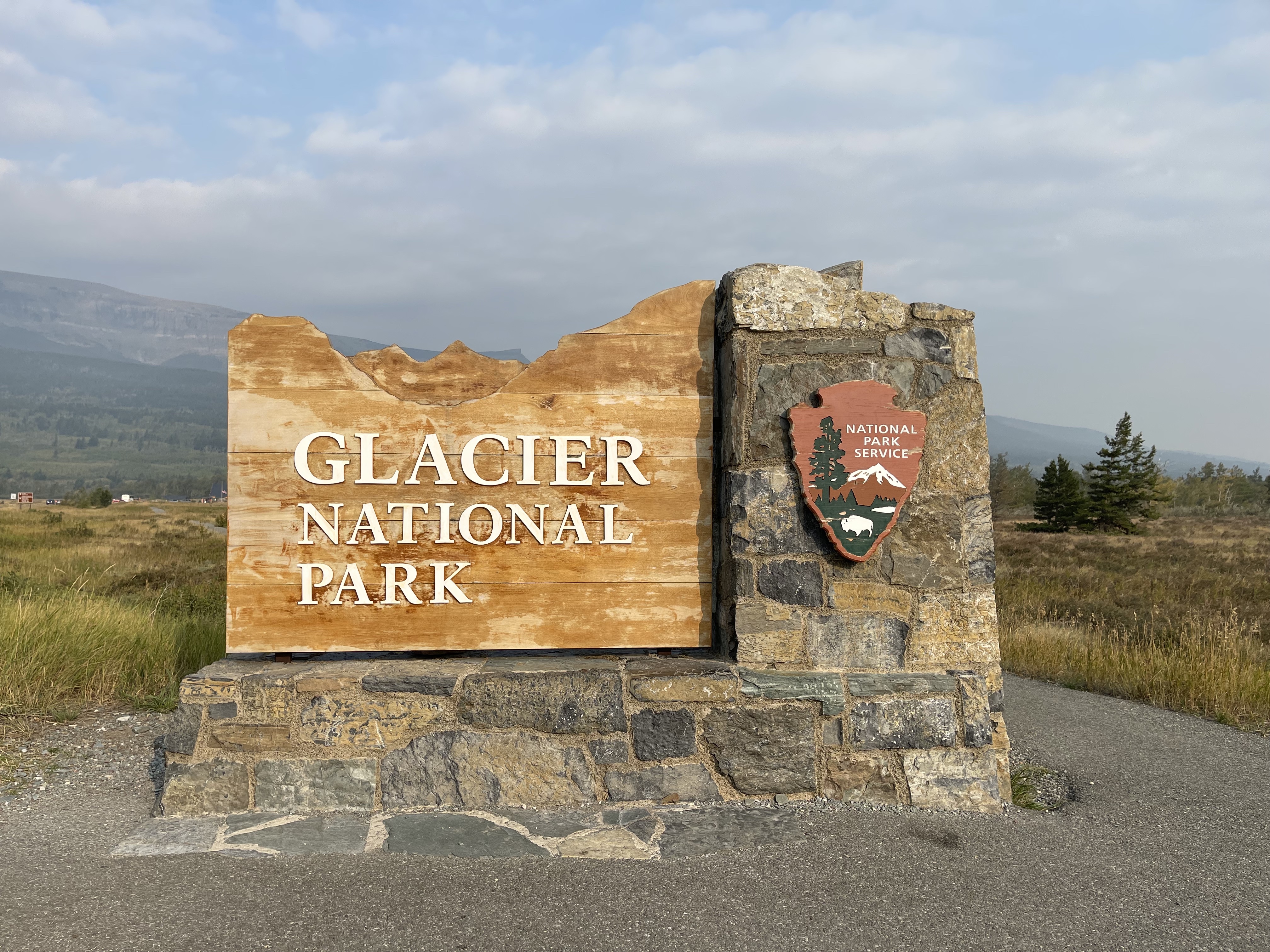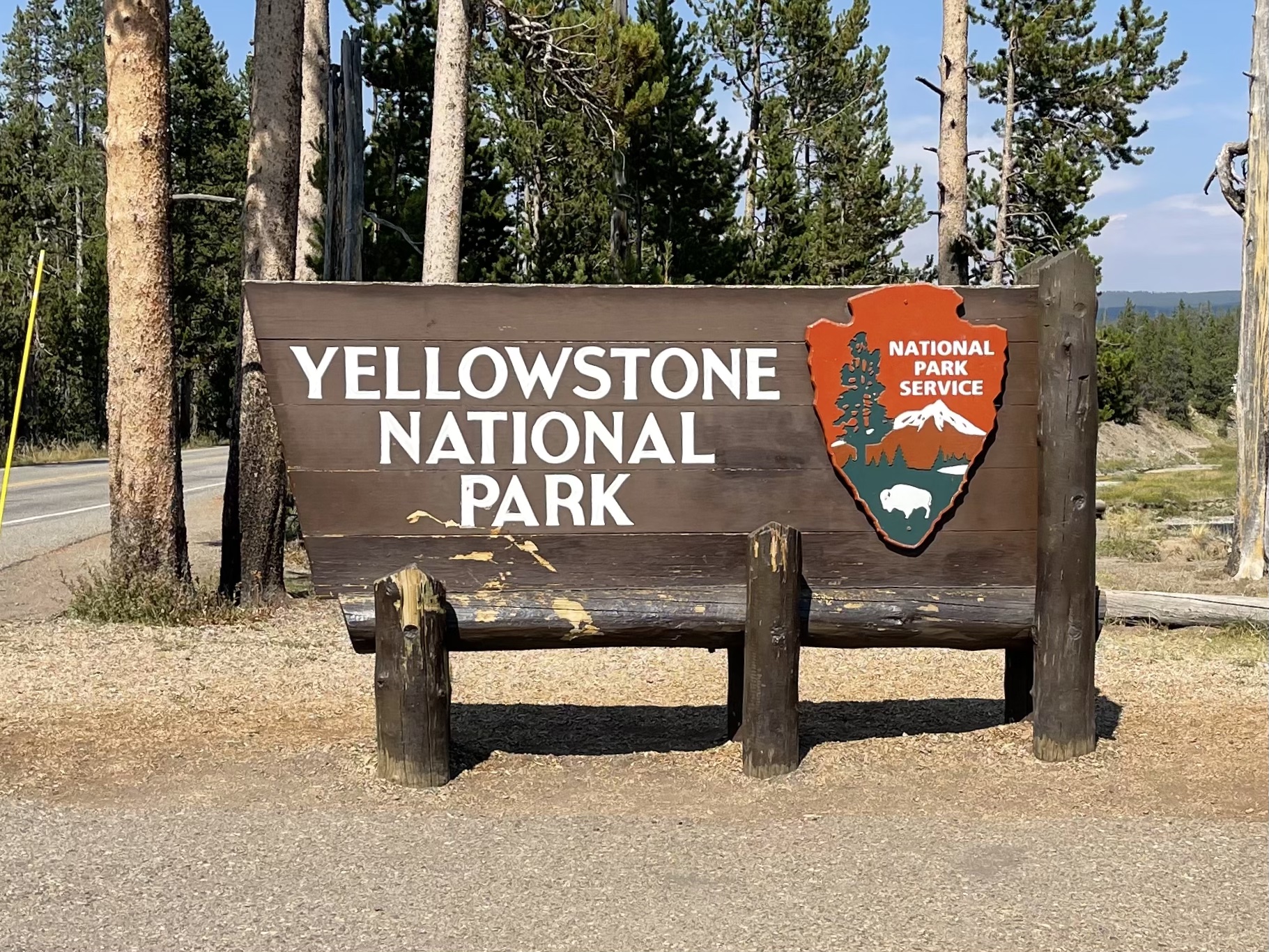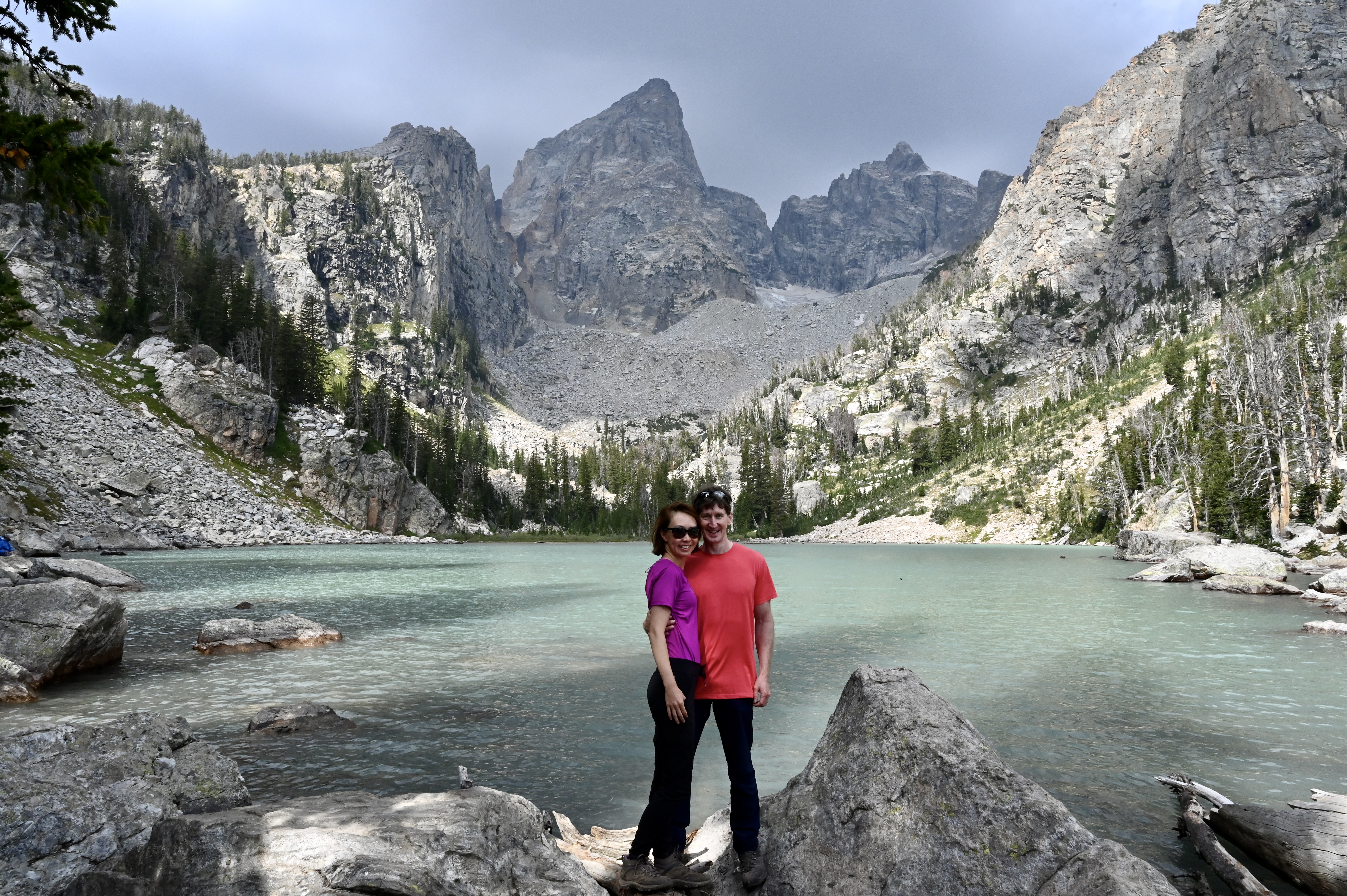Lyon is the third-largest city of France. It is located to the south of Paris. Lyon was the original crossroads for France so, over 2000 years ago, the Romans made Lyon – then called Lugdunum – the capital of Gaul. In Lyon, you can find the original Roman amphitheaters, UNESCO World Heritage Sites, countless medieval and Renaissance architectures. Walking around in Lyon makes you feel like you are walking through a large open history museum.
Lyon is also a hidden gem to foodies. Lyon is recognized as the gastronomic capital of France. If you randomly walk into a little busy restaurant in Vieux Lyon, you will find the food there is delicious.
How to Get to Lyon
The Eurail system is very convenient and well-developed. If you are traveling in Europe, the easiest way to get to Lyon is to take a train. From Paris to Lyon, the fastest train takes only two hours to arrive.
The trains in Europe are clean, fast and cover most of the popular places. There are plenty of train departure schedules to the same destination, to fit different needs. Just like flight tickets, Eurail tickets also offer discount prices if you purchase them earlier. You may save some money by purchasing tickets in advance.
One of the most popular sites for searching for train routes and purchasing tickets within Europe is raileurope.com.
If you plan to fly into Lyon, Lyon-Saint Exupery Airport, located approximately 11 miles southeast of Lyon’s city center, is the major international airport in the city. Lyon-Saint Exupery Airport serves many airlines, including budget airlines.
Historical Sites in Lyon
Vieux Lyon
Listed as a UNESCO World Heritage Site in 1998, Vieux Lyon, also called Old Lyon, is the largest Renaissance district in Europe. This historic area is full of medieval buildings and Gothic style cathedrals along the enchanting narrow cobblestone streets. Today, Vieux Lyon is a charming tourist site, home to many unique museums, tasty restaurants, and interesting shops.
There are three popular tourist sections in the Vieux Lyon area. Each section is named for the primary church located there.
The St. Jean quarter is located in the center of the Old Town area. It was the center of political and religious power back to the Middle Ages. The Cathedral Saint-Jean-Baptiste, also known as Lyon Cathedral, is located in the St. Jean quarter.
Rue Saint-Jean is located to your left as you are facing the Lyon Cathedral. Rue Saint-Jean is the main street in Vieux Lyon. Lined with crepe stands, ice-cream vendors, restaurants, cafes, bars, and craft shops, this 500-meter long street offers visitors traditional old French atmosphere.
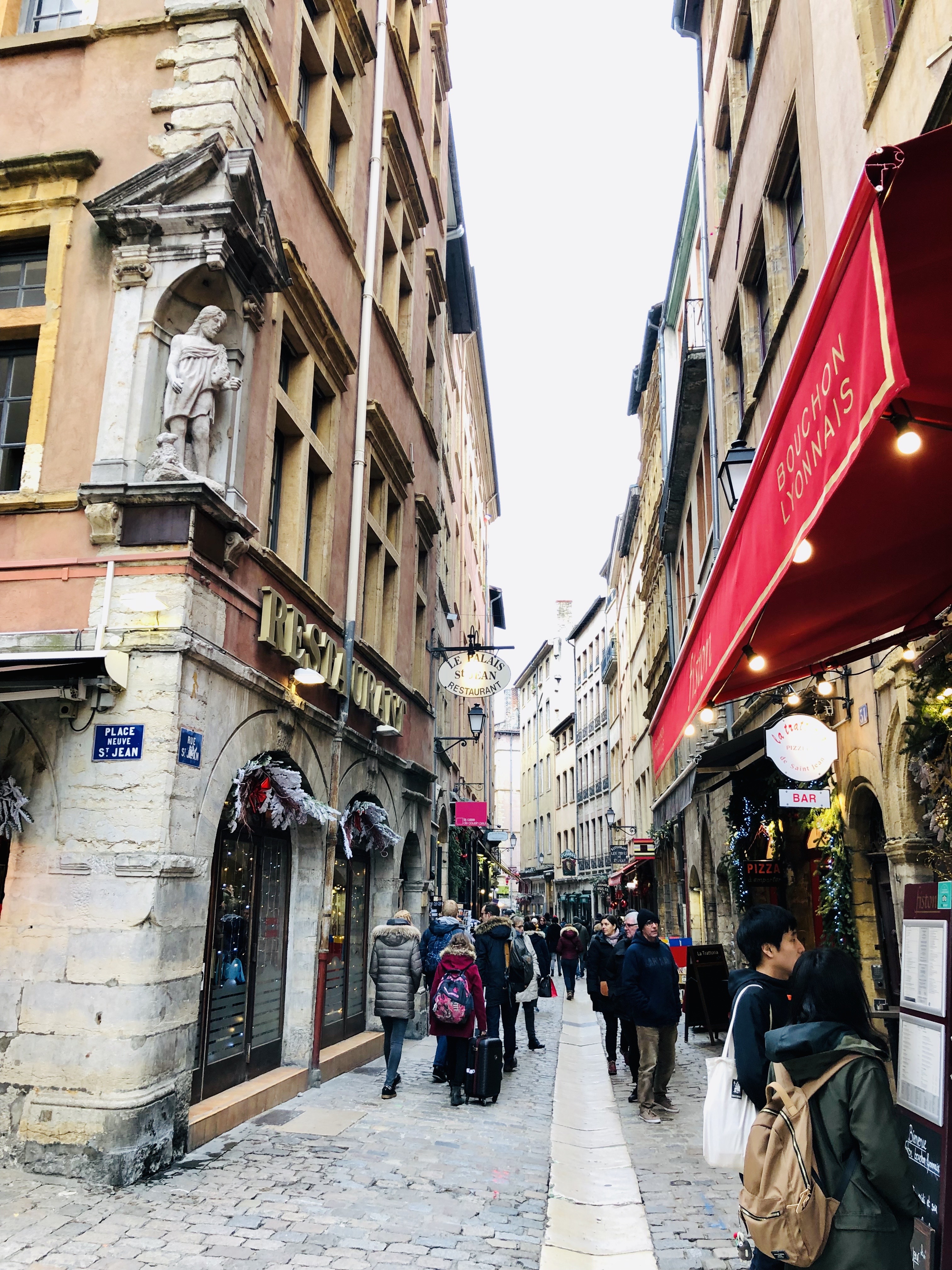
If you walk north up Rue Saint-Jean you will end up in the St Paul section, the northern part of Old Lyon.
St. Paul centers around the location of the original old railway station in Lyon. Today, when you get out of the Gare Saint-Paul metro station, you will see the Place du Change where most business took place during the Renaissance era.
St. Paul Church, located in this section, is one of the oldest churches in Lyon. The church has stood there for more than 1200 years.
Rue Juiverie, like other streets in Vieux Lyon, is a narrow winding cobblestone street lined with old buildings dating back to the Roman era. A lot of wealthy merchants and bankers used to live in this area in the late 15th century.
Back to the center of Vieux Lyon, to the south of the Lyon Cathedral, is the St. Georges section.
St. Georges Church, the primary church in this section, was designed by Pierre Bossan, who was also one of the two designers of Basilica Notre-Dame de Fourviere.
The Automaton Museum of Lyon, which exhibits a fine collection of more than 200 automatons designed for Lyon’s Festival of Lights and other celebrations.
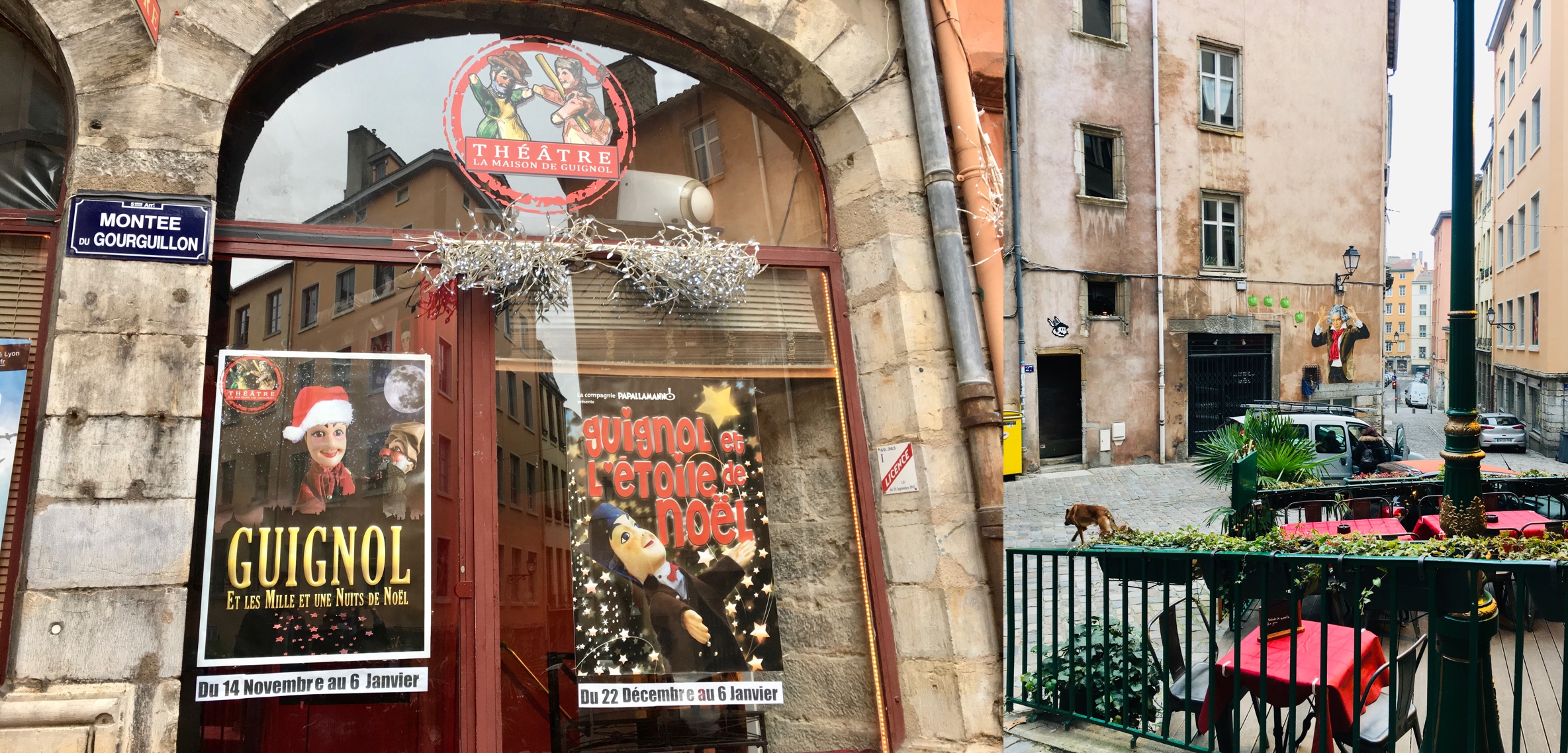
The people of Lyon have made countless efforts to protect these historic places and to give them new life. Vieux Lyon is one of the most interesting places to get acquainted with Old French atmosphere. It is delightful to wander around this UNESCO World Heritage Site.
Lyon Cathedral
Lyon Cathedral is a Roman Catholic church. The cathedral is dedicated to Saint John the Baptist. This cathedral was completed in the 15th century, but the building process actually began in 1175. It took three centuries to finish building this unique cathedral. The architecture of Lyon Cathedral is a mix of Romanesque and Gothic styles.
Walking in the cathedral, you will see an astronomical clock. With the figures moving at the full hours, the clock also chimes four times every day; at noon, 2 PM, 3 PM, and 4 PM. The best way to experience it is to come inside a few minutes before the clock chimes.
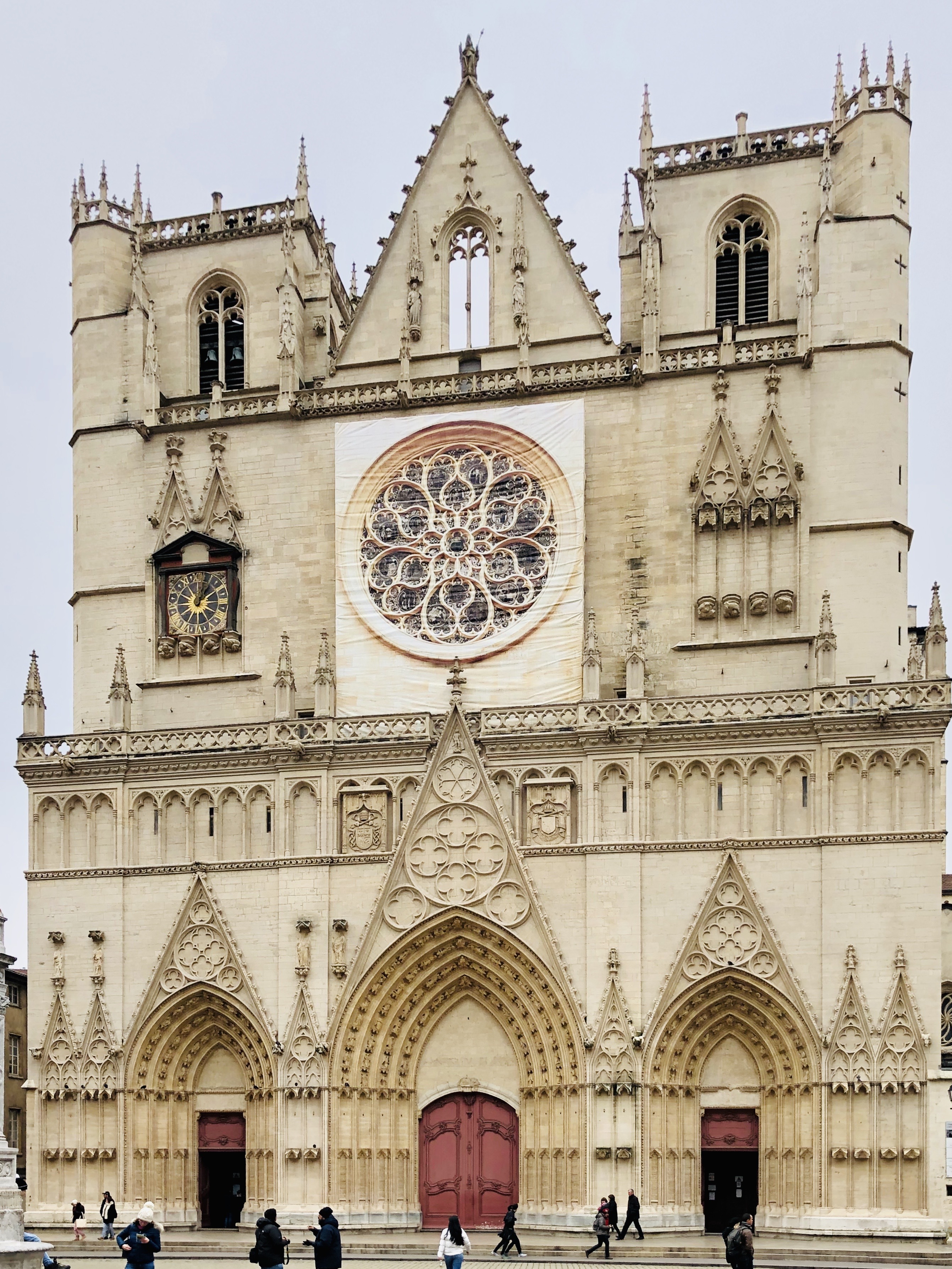
Basilica Notre-Dame de Fourviére
The Basilica Notre-Dame de Fourviére stands on the top of Fourviere Hill. To get there, either climb the steep winding path through Parc de Hauteurs or take the Funicular from Vieux Lyon – Cathédrale Saint-Jean to Fourviére.
This beautiful white basilica was built as a Roman Catholic church in the late 19th century. Unlike the many other cathedrals in France, the Basilica of Notre-Dame in Lyon is a Romanesque and Byzantine style architecture, with four towers, one in each corner of the main building. Just as the basilica has an exquisite exterior, it also has an ornate interior, with many Roman columns, stunning stained-glass windows, and massive splendid mosaics on the walls and ceilings. You will see a statue of the Virgin Mary that indicates the Basilica of Notre-Dame is dedicated to the Virgin Mary.
Download an audio guide on your smartphone and you can tour the Basilica on your own. You also can climb up the towers, tickets required, to get a fantastic bird’s eye view of Lyon.
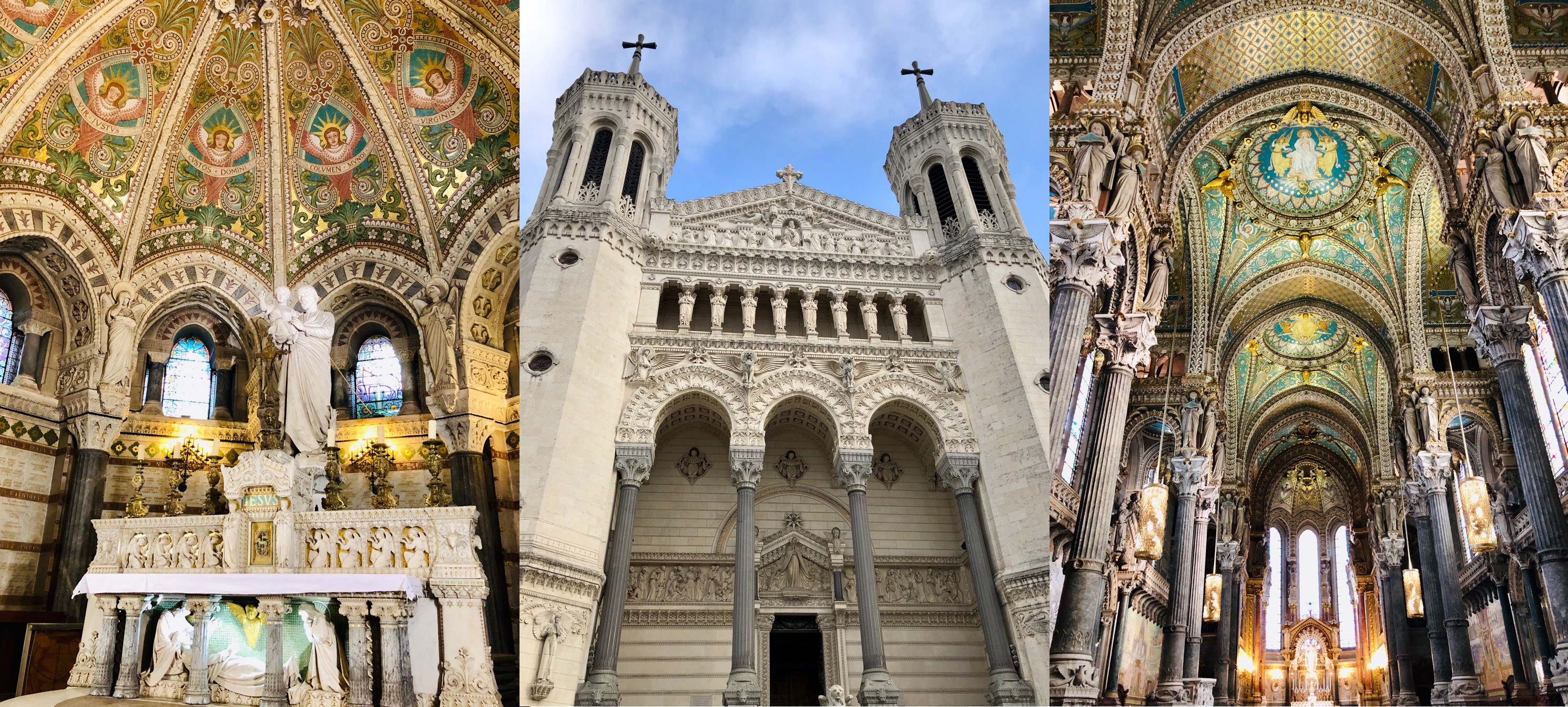
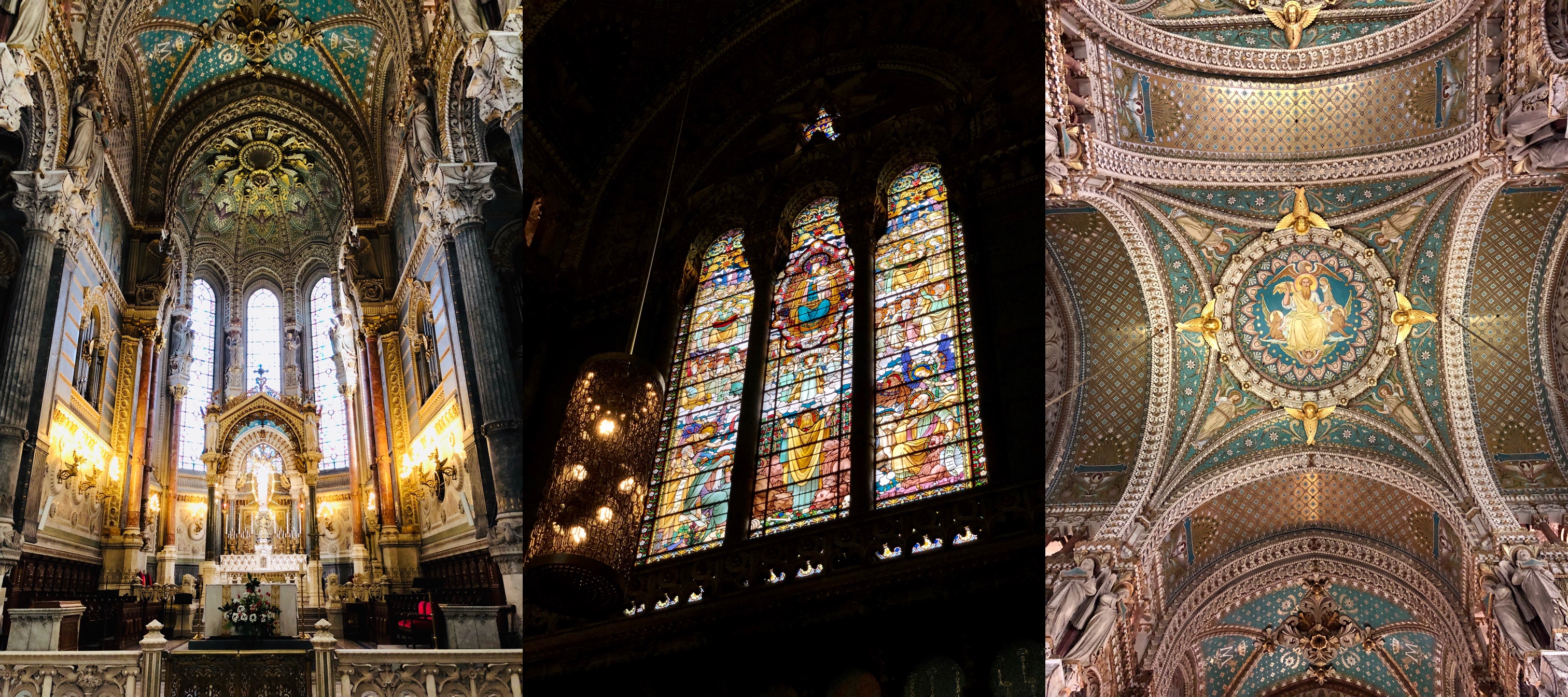
Place des Terreaux & City Hall
The Place des Terreaux is a rectangular square in the city center. It is a landmark of Lyon and a UNESCO World Heritage Site.
In the center of the Place des Terreaux, you will see the Bartholdi Fountain, a heritage monument. The stunning fountain, named Char Triomphant de la Garonne, has a statue of a female at the helm of a chariot controlling four wild horses. The four horses represent the four tributaries of the Garonne River.
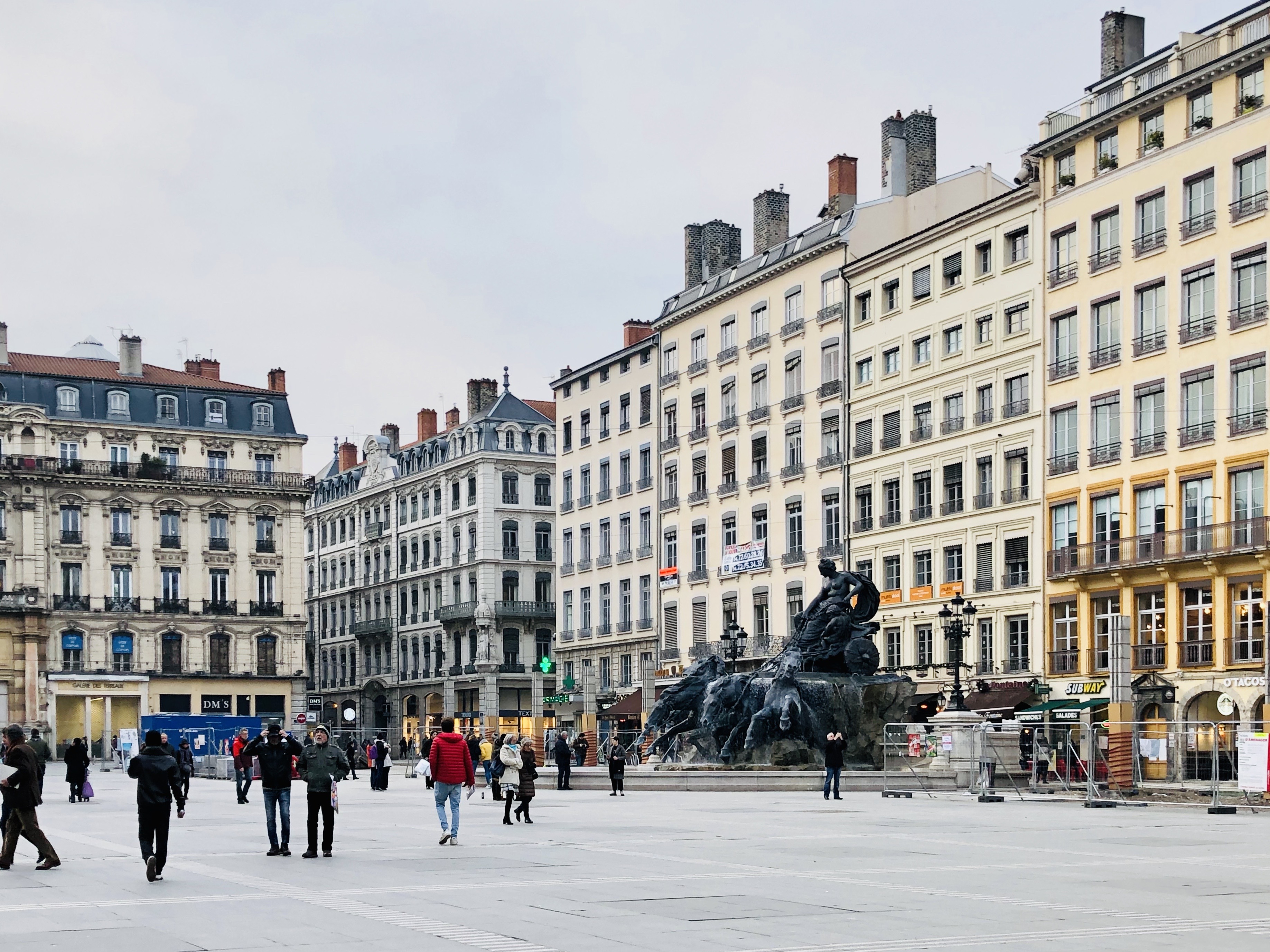
As you are standing in front of the fountain, to your right is the City Hall, the most imposing building in this square. The City Hall, formerly Hotel de Ville, was built between 1646 and 1672. It was destroyed by fire twice but eventually was renovated to the stunning Baroque architecture we see today.
It is even more impressive to tour this area after dark. The fountains, monuments, and buildings are all lit up, creating a romantic atmosphere.
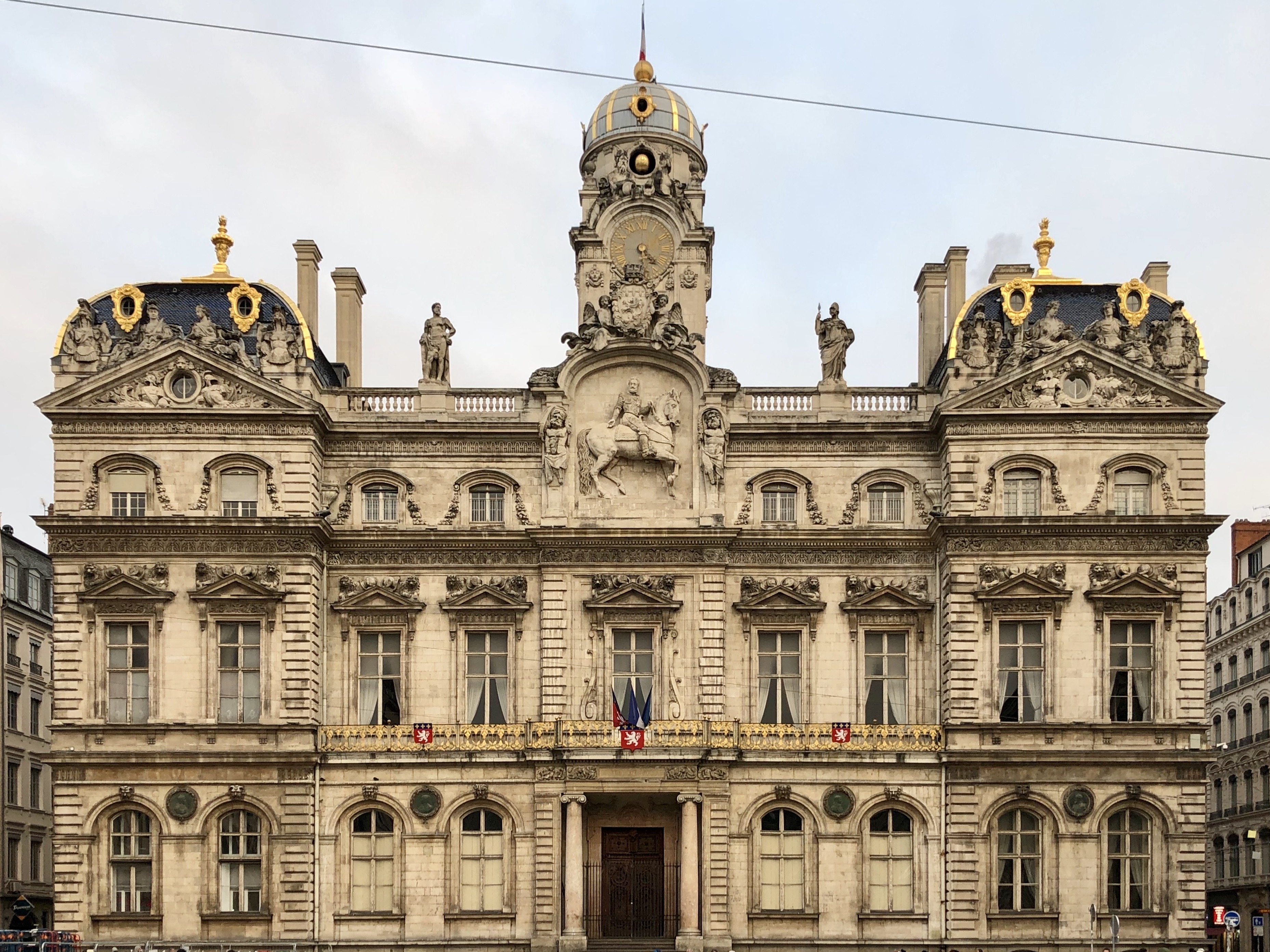
Museum of Fine Arts of Lyon
The Museum of Fine Arts is located just to the south, overlooking the Place des Terreaux. It hosts a large collection of Egyptian and Greek antiques, statues and paintings from the Middle Ages to modern art, including French Impressionists Monet and Van Gogh.
The museum is housed in an old abbey, and the building itself is interesting and worth exploring. There is a courtyard garden filled with sculptures made by Rodin, and the garden is a perfect place to take a break and sip an espressos.
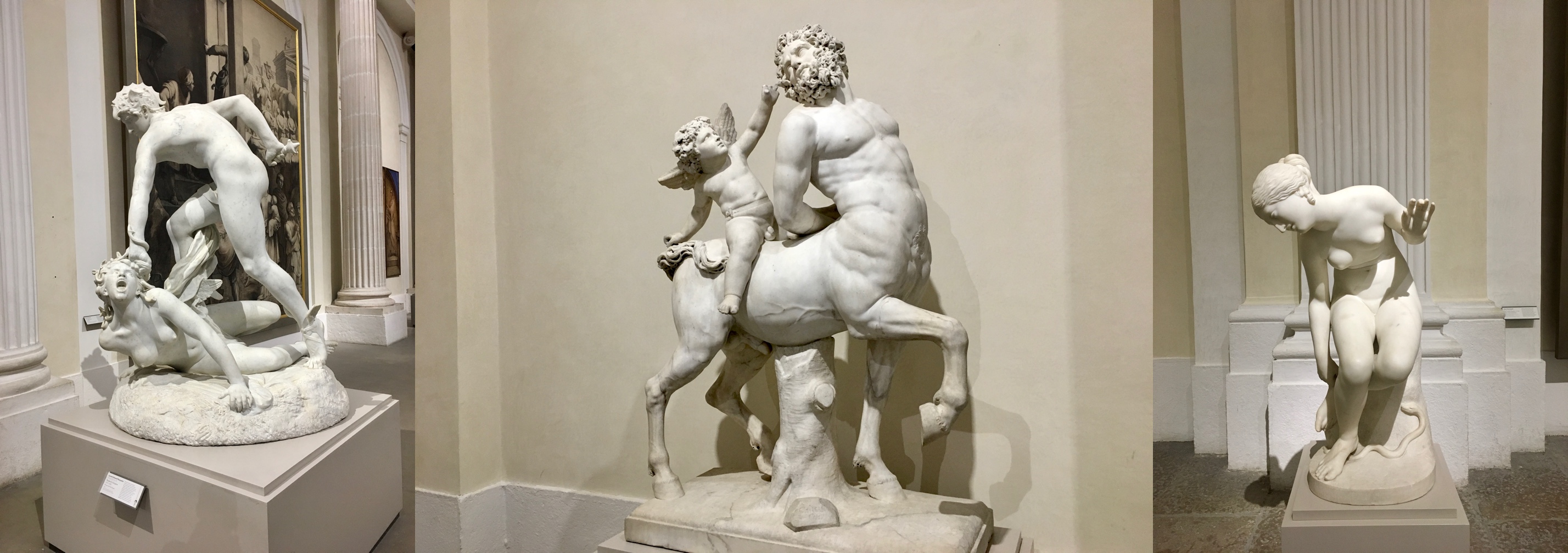


Roman Amphitheater
The Roman Amphitheater is located on the Fourviére Hill. There are actually two theaters on the site, the main amphitheater and the smaller Odeon of Lyon. This magnificent landmark dates from the Roman Empire. The ruins of the amphitheaters you see are more than 2000 years old. They are well preserved. I highly recommend visiting the Gallo-Roman Museum on the site. The museum tells you everything you want to know about the history of Lyon and the story about how the theaters were built.
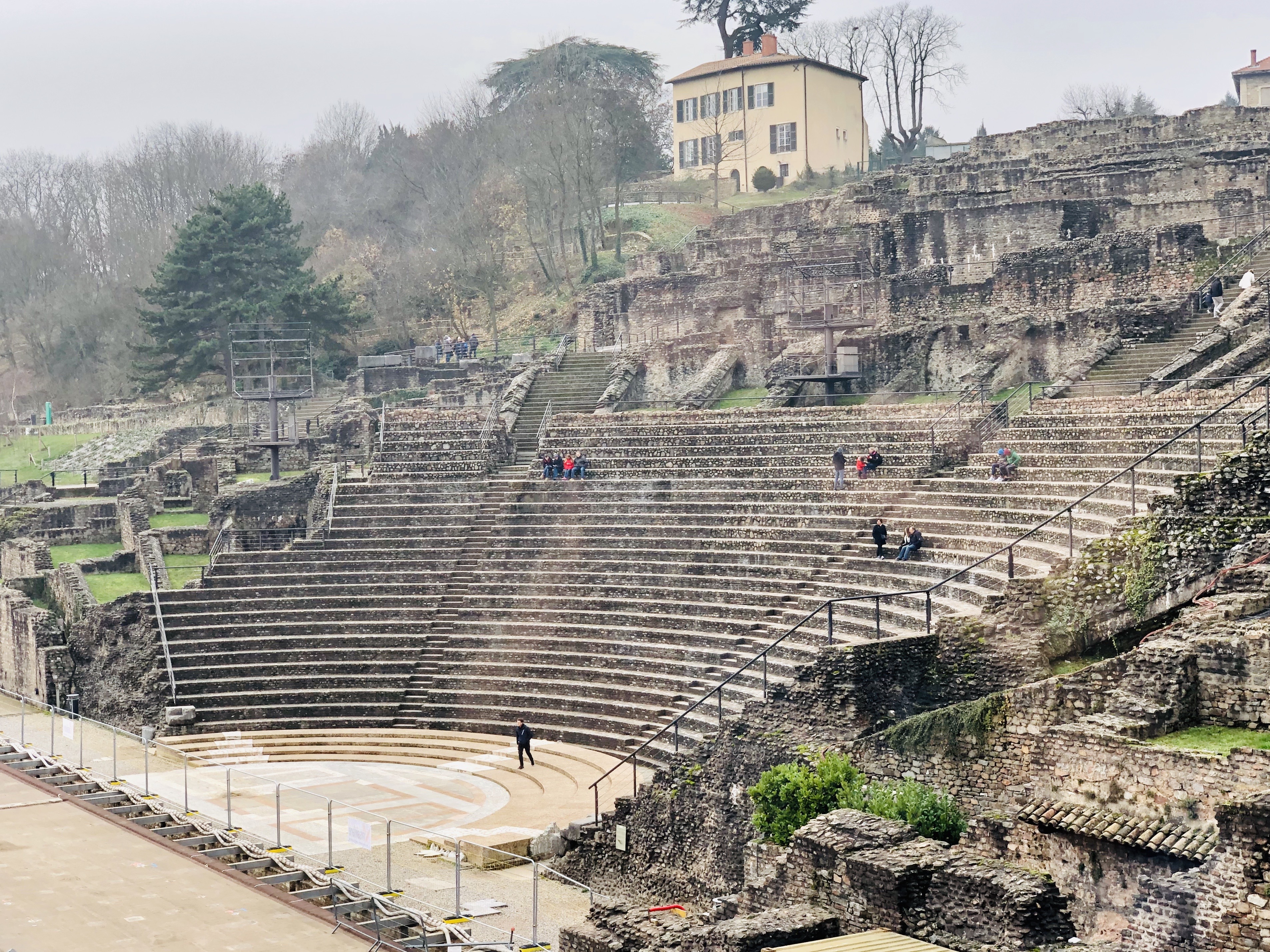
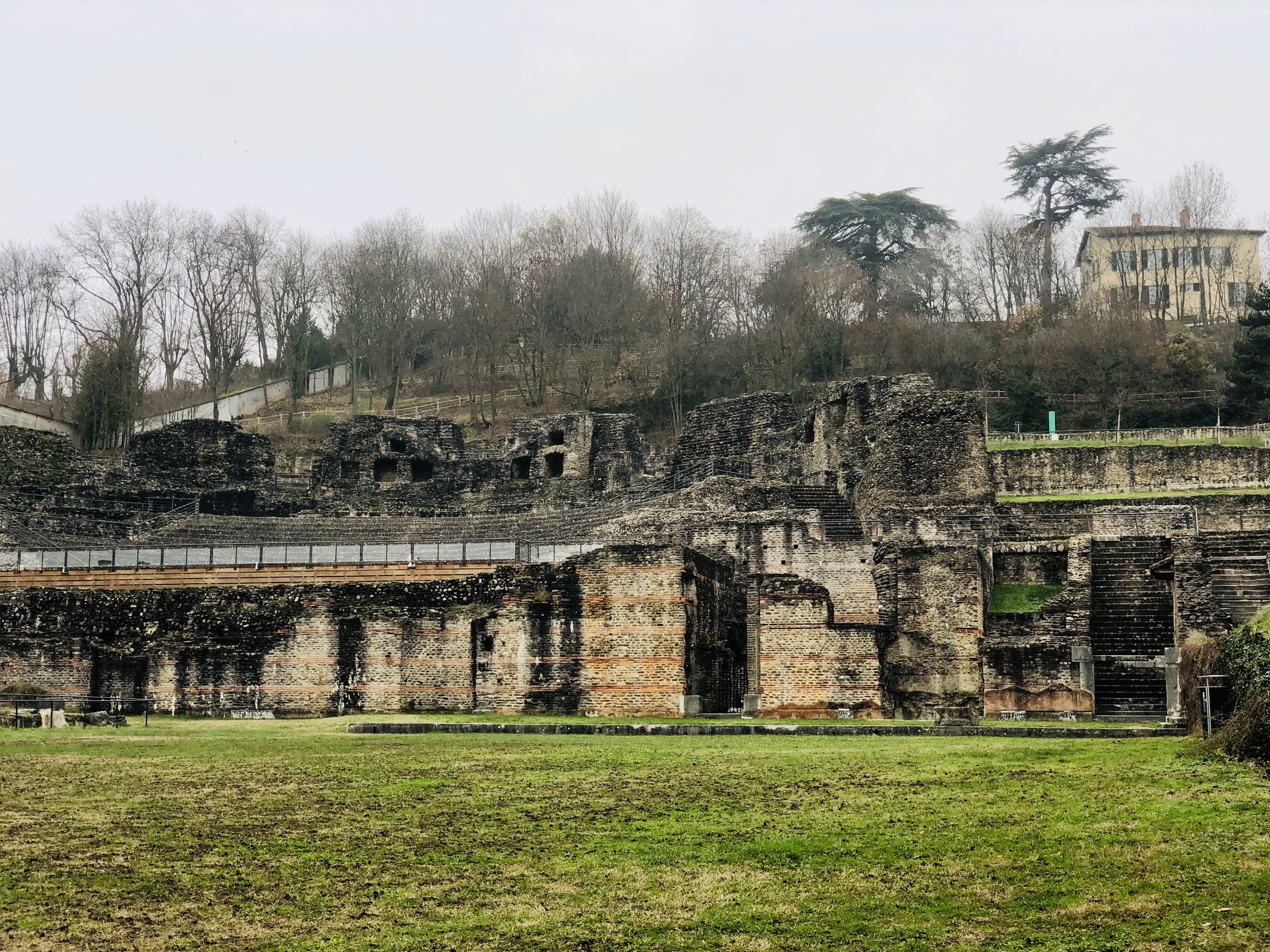
Lyon is a very unique and enticing city with a rich history. It is really worth visiting. You will find a lot of well-preserved sites from hundreds of years ago that speak to you from ancient times. I hope you will visit Lyon one day. I will see you in my next post!

